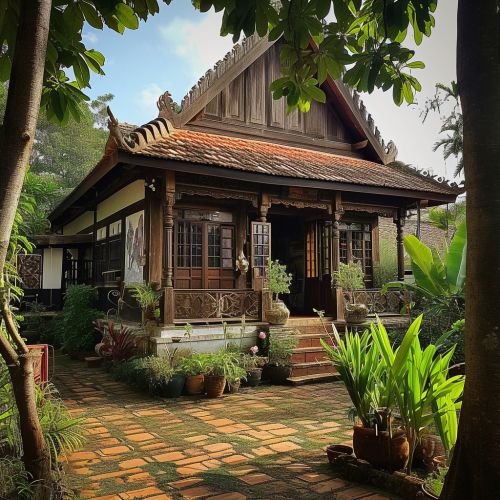Dutch East Indies
History
The Dutch East Indies was a Dutch colony consisting of what is now Indonesia. It was formed from the nationalised colonies of the Dutch East India Company, which came under the administration of the Dutch government in 1800.
During the 19th century, Dutch possessions and hegemony were expanded, reaching their greatest territorial extent in the early 20th century. This colony was one of the most valuable European colonies under the Dutch Empire, and contributed to Dutch global prominence in spice and cash crop trade in the 19th to early 20th century.


The colonial social order was based on rigid racial and social structures with a Dutch elite living separate from but linked to their native subjects. The term Indonesia came into use for the geographical location after 1880. After the independence declaration in 1945, Indonesia became known as the Republic of Indonesia or simply Indonesia.
Economy
The economy of the Dutch East Indies was heavily centered around its capital city, Batavia (now Jakarta). The economy was based on a series of global trades of bulk agricultural commodities. The Dutch introduced the cultivation system (in Dutch Cultuurstelsel) to Java, which forced farmers to surrender a fifth of their land and to grow cash crops such as coffee, sugar and indigo instead of rice.
Culture
The Dutch East Indies had a diverse culture with influences from the Dutch and native Indonesian cultures. The Dutch brought their own cultural practices, such as their architecture and cuisine, while the Indonesians had their own traditions and practices which were often blended with the Dutch.


